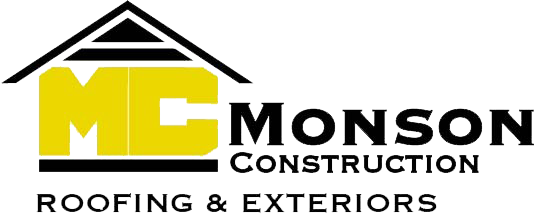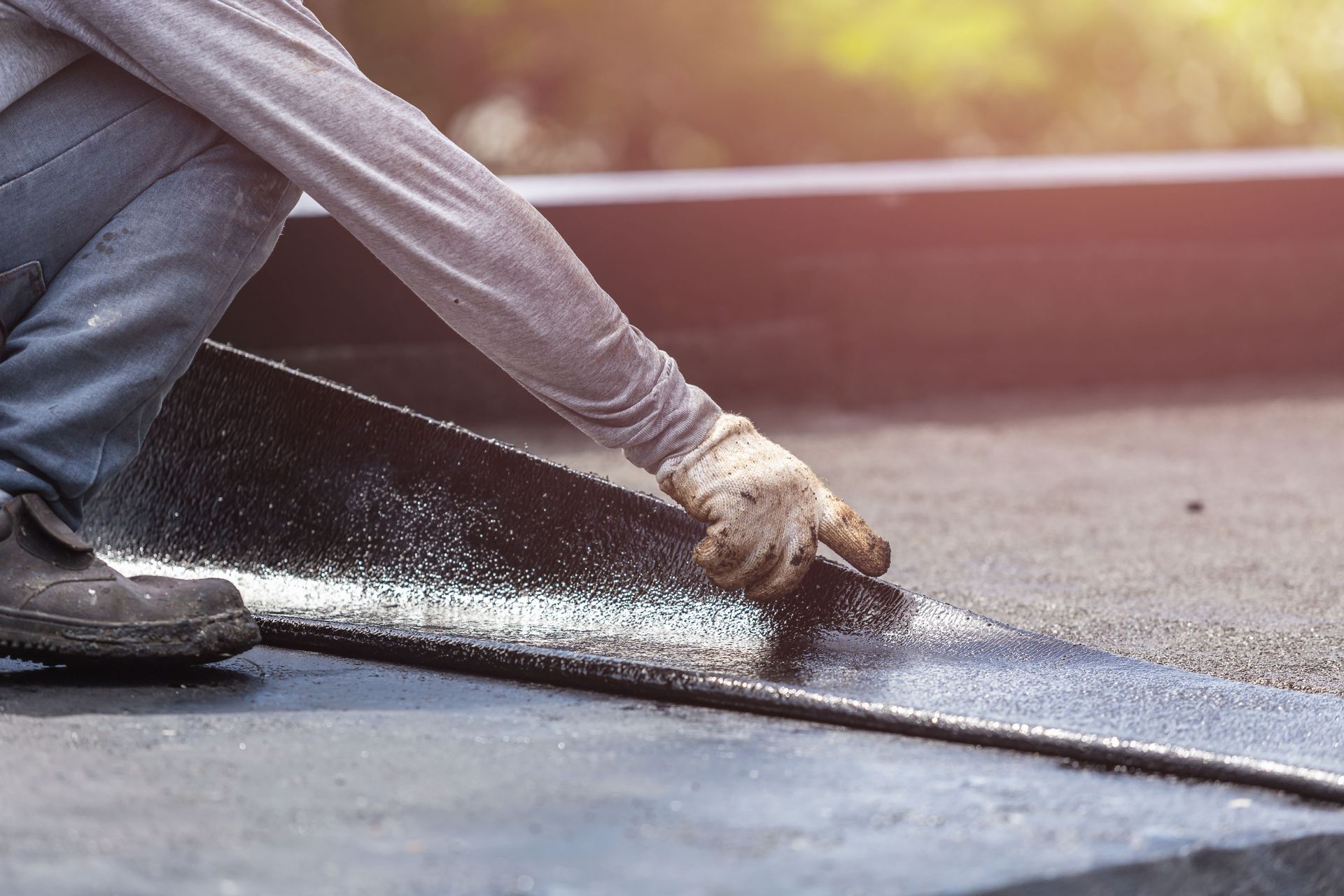6 Key Warning Signs about Aging Roofs from a Professional Roofing Company
The roof is one of the most critical components of your home, providing protection against all sorts of weather conditions. However, roofs don't last forever, and recognizing the warning signs of aging can save you from costly repairs in the future. In this article, we'll explore the key indicators that your roof may be in need of attention, based on insights from a professional roofing company. Detecting issues early can help maintain not just the structural integrity of your home, but also its energy efficiency and overall habitability. As such, regular inspections and maintenance should never be underestimated.
1. Shingle Deterioration
One of the most common signs of an aging roof is shingle deterioration. Over time, exposure to the elements can lead to curling shingles, which may become brittle and break easily. Missing shingles not only detract from your home's appearance but also expose underlying roofing materials to greater damage. Additionally, granule loss on asphalt shingles is a key indicator of wear, as these granules are vital for shielding the roof from UV rays. Dark spots or streaks can also form over time, often due to algae growth, which can further weaken the shingles if left unaddressed.
The condition of the shingles should be inspected regularly by a local roofing company to ensure they are functioning properly. Shingles that are cracked, curling, or missing should be replaced immediately to prevent additional damage. Moreover, dark spots or streaks can be addressed with specific cleaning solutions designed for roofing materials. It's important to note that, according to Allied Market Research, by the year 2030, the global roofing market size is projected to reach $156 billion. This reflects the ongoing demand for roof maintenance and replacements by a reliable roofing company. Keeping shingle damage in check will not only preserve the roof but will also maintain the value of your home.
2. Roof Leaks
A major concern for homeowners and often the first signs of a failing roof are roof leaks. Water stains on ceilings are an immediate red flag, indicating that water has infiltrated past the roof layers. Dripping water in attics is another surefire sign of roof failure, requiring prompt action to prevent structural damage. Mold or mildew development is often a consequence of leaks, thriving in damp environments and posing health risks. Damaged flashing and clogged gutters greatly increase the likelihood of leaks, making preventive care essential.
Water stains on ceilings can appear as brown or yellow rings, usually linked to roof leaks above that area. These stains are more than a cosmetic issue, as they suggest potential weaknesses in the roof structure that could deteriorate over time. If unchecked, consistent water exposure can also lead to the wooden framework rotting and other structural issues. Dripping water in the attic is a more advanced sign of roof damage and requires immediate intervention. Mold and mildew not only pose health issues but can also further damage your home's materials, leading to extensive repair bills. If you notice any of these signs, contact a roofing company immediately.
3. Roof Deck Sagging
A sagging roof deck is a grave sign that immediate attention is required. Uneven roof appearance can occur from prolonged water damage, indicating that the structural beams may be compromised. Visible sagging ridges are often due to inadequate support or failing materials caused by moisture damage over time. Walking on the roof and feeling it bounce is another clear indicator of structural integrity loss. Soft spots noticeable from the attic may also reveal significant water intrusion, which, if left untreated, could lead to catastrophic failure.
Uneven roof appearance can be spotted visually and should prompt a thorough inspection by your local roofing company to ascertain the root cause. This symptom often points to serious internal damage that could compromise the roof's load-bearing capability. Visible sagging is not only an eyesore but also a potential risk to the safety of the household, demanding immediate professional assessment. Bouncing when walking on the roof signals that the decking beneath the shingles has begun to lose its rigidity. The integrity of your roofing structure is critical, as any signs of weakness should be investigated and repaired promptly.
4. Roof Age
The age of your roof is a fundamental consideration when assessing its condition. Different roofing materials have varying lifespans, with asphalt shingles lasting 15 to 20 years, and metal roofing lasting 40 to 70 years, in our experience. Regular inspections by a qualified roofing company are crucial in maintaining an aging roof, allowing for the identification of potential issues before they become major problems. Comparisons with neighboring homes can also provide clues, especially if they were constructed around the same time. The quality of the original installation plays an important role in determining how well a roof ages over time.
Understanding the typical lifespan of different roofing materials helps set expectations and signals when inspections should become more frequent. Roofs nearing the end of their typical lifespan require more vigilant care and potentially preemptive replacement to avoid failures. Professional inspections reveal not only the visible condition but can also uncover underlying issues that might not be evident to the untrained eye.
5. Energy Costs
Increased energy costs can often be an indirect sign that your roof may be deteriorating. Inefficient insulation due to gaps or damage in the roofing material can lead to significant temperature variations within the home. Poor roof ventilation exacerbates these energy inefficiencies, making it harder for your HVAC system to maintain consistent indoor temperatures. Air leakage, which often results from roofing damage, forces heating and cooling systems to work harder, driving up energy bills. Monitoring temperature fluctuations can help identify underlying roof issues impacting your home's energy efficiency.
Inefficient insulation in an aging roof can allow conditioned air to escape, nullifying efforts to maintain comfortable living conditions. Over time, the wear and tear from environmental exposure can compromise the once-sturdy barriers against outside temperatures. This inefficiency necessitates more energy consumption to achieve desired indoor conditions, translating to higher utility bills. Likewise, poor roof ventilation can trap heat, encouraging the breakdown of roofing materials and exacerbating internal temperature inconsistencies. Air leakage is particularly insidious, contributing not only to energy waste but also to moisture infiltration, which undermines structural integrity.
6. Pest Problems
The presence of pests on or in your roof is another sign that it may be aging and in need of attention. Birds nesting on the roof can indicate gaps or damaged areas providing entry points for pests. Insect infestations often exploit weaknesses in the roofing structure, leading to more significant problems over time. Small animals entering the attic are a clear sign that the physical barriers meant to deter them are failing. Moreover, gnawing marks and strange noises from above underscore the urgent need for repairs to maintain the roof's integrity.
Recognizing the early warning signs of an aging roof can prevent minor issues from escalating into major problems. Regular inspections and maintenance by your roofing company are key to ensuring your roof remains in optimal condition. Should you notice any of these warning signs, it's advisable to consult with a professional roofing company to assess the health of your roof and take appropriate action. Utilizing professional insights and staying informed can help you make the best decisions regarding your roof's welfare. Ultimately, being proactive not only preserves the value of your home but also ensures a safer, more secure living environment. Looking for a roofing company you can rely on? Choose Monson Construction Roofing & Exteriors. Contact our team today to get started!



Share On: